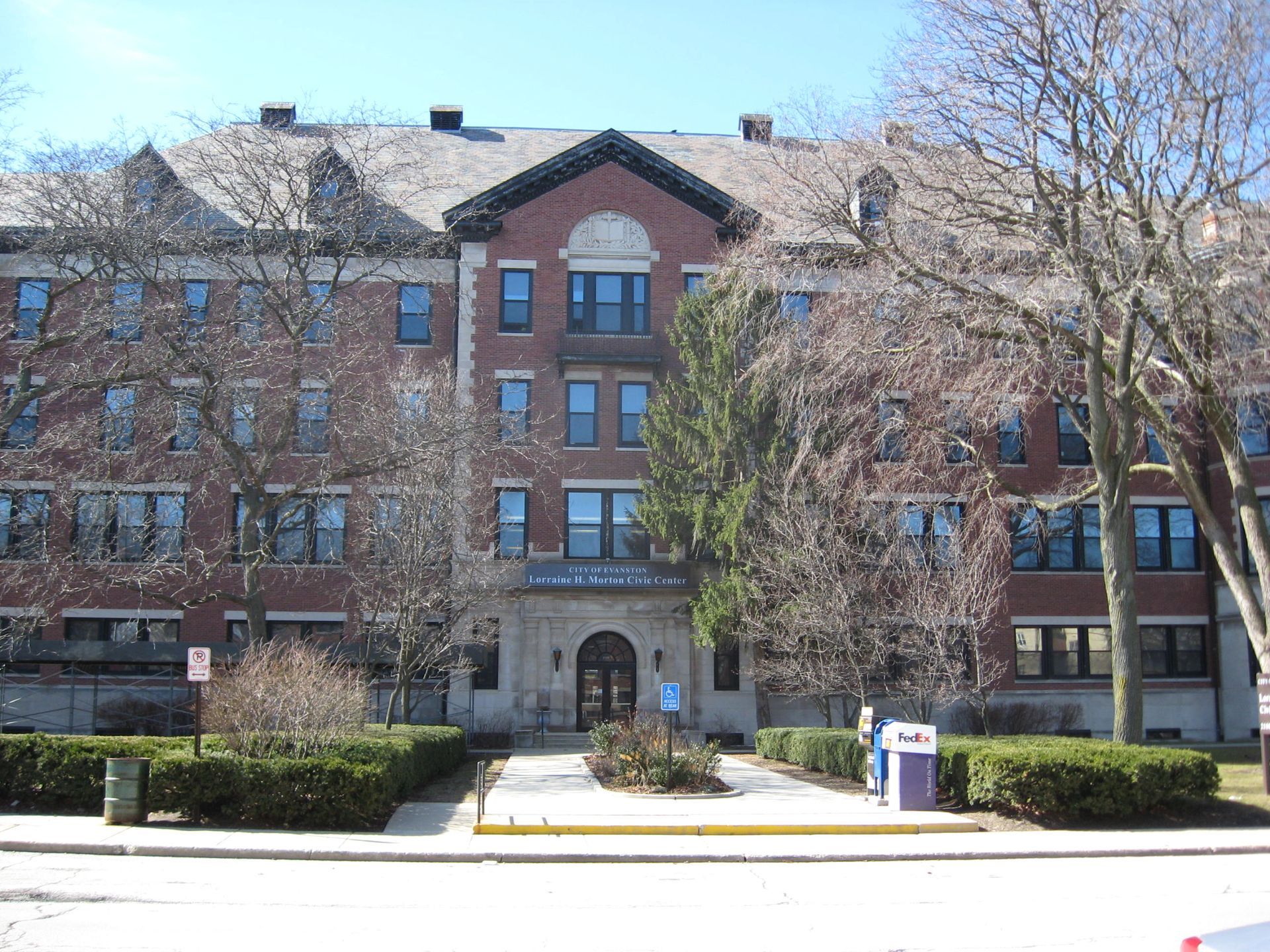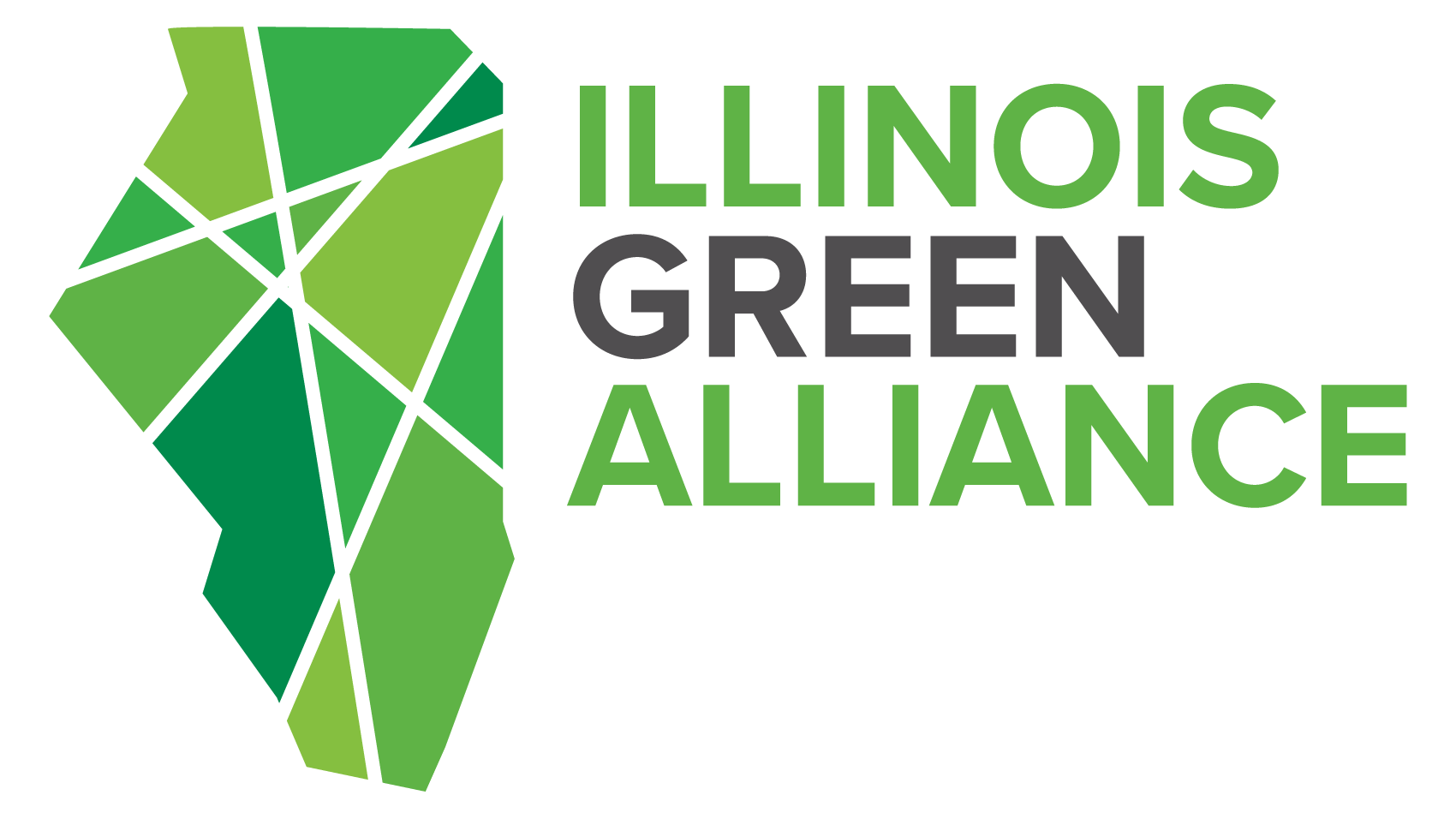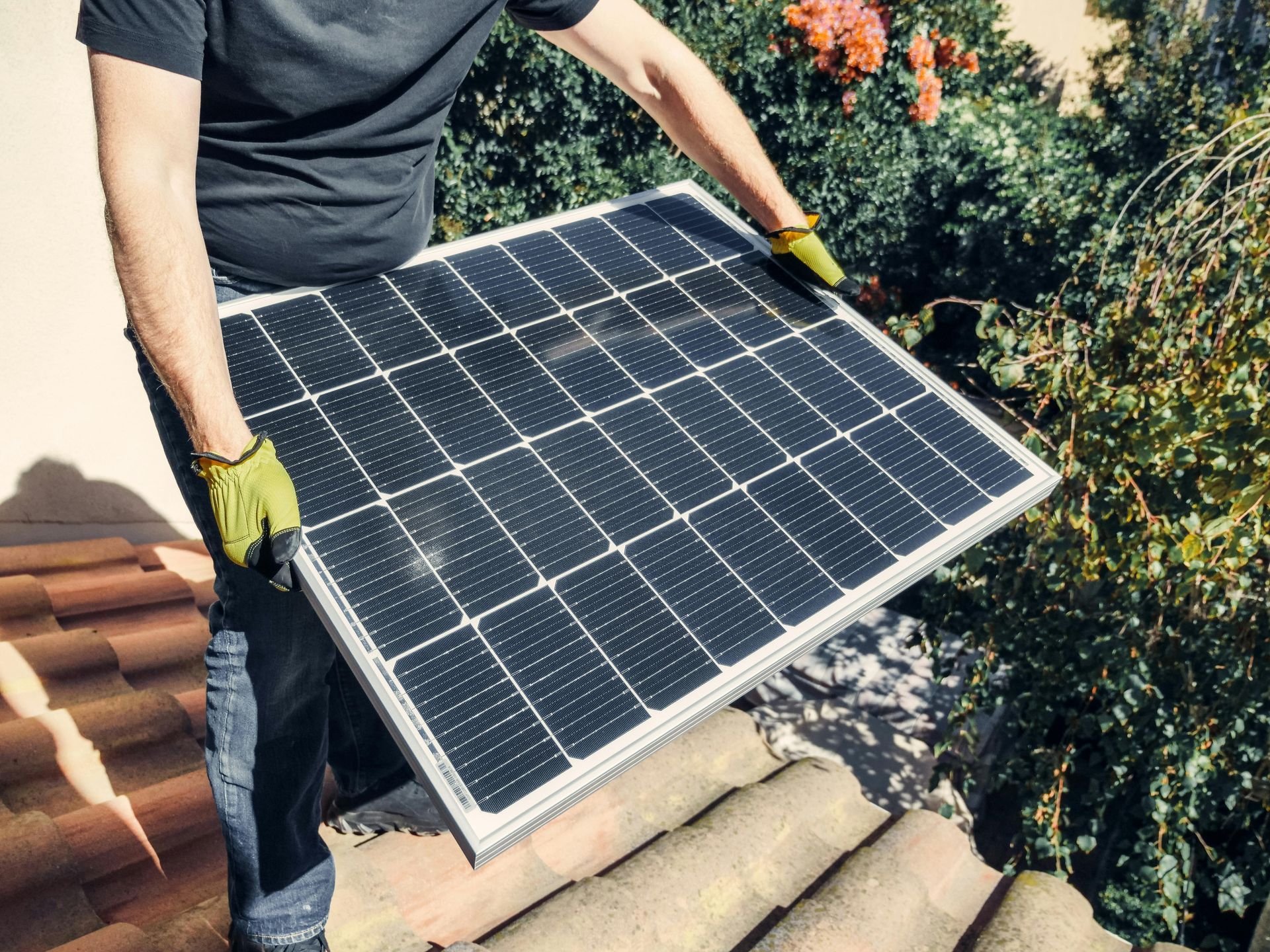High Performance Case Study: Green Homes for Veterans
Project Overview
Name: Green Homes for Veterans Community Living Centers
Client: Illiana VA Healthcare System
Location: Danville, Illinois
Completion Date: 2027
Construction Type: New Construction
Building Type: Community Living Center
Project Cost: $20 million
Building Size: Two 12,500 square foot facilities
Program: VA "Small House" Initiative for assisted living
Status: Under construction
Project Team
Architect of Record: Guidon Design, Indianapolis
Design Architect: Dylan Christiansen
Engineering Lead: Andrew Kennedy
Civil/Landscape Engineer: Ahmad Badawi
Structural Engineer: Andrew Kennedy
Commissioning Engineer: Dylan Christiansen
General Contractor: Richard Group
Background
The Green Homes for Veterans project in Danville, Ill. represents a significant advancement in veteran care facility design, combining the U.S. Department of Veterans Affairs’ "Small House" initiative with comprehensive sustainable building practices. This project emerged from the recognition that as the veteran population ages and requires increasingly complex care, the buildings that house them must be robust, reliable, and built to perform consistently over decades.
The "Small House" initiative represents a broader shift in veteran healthcare toward more humane, residential-scale environments that prioritize comfort and community over institutional design. The Danville project takes this concept further by integrating sustainability principles that ensure these benefits will be maintained for generations of veterans.
The project is being developed through a collaborative partnership between the Richard construction team and the Illiana VA Healthcare system, including engineering, facilities maintenance, and emergency services. This partnership approach ensures that sustainable features will be properly maintained throughout the buildings' lifecycles, recognizing that sustainable buildings require ongoing stewardship to maintain their performance advantages.
The timing of this project reflects both the urgent need for quality veteran housing and the growing understanding that sustainable construction practices directly translate into superior building performance and durability.

Sustainable
Strategies and Features
Advanced Building Envelope System
The heart of the sustainable design of the Veteran Green Homes lies in an integrated thermal envelope system that ensures veteran residents experience consistent comfort regardless of Illinois weather conditions while increasing energy efficiency.
Full Air Sealing System
A complete air membrane prevents unwanted air infiltration, eliminating drafts and temperature fluctuations that can be particularly challenging for aging veterans with health sensitivities. This system creates stable, comfortable living environments where veterans can focus on their health and community rather than battling uncomfortable indoor conditions. Beyond comfort, the air sealing system dramatically reduces energy consumption by up to 30%, translating to significantly lower utility bills. The improved efficiency also reduces the community's carbon footprint and qualifies for green building certifications, demonstrating our commitment to environmental stewardship while creating long-term operational savings that can be reinvested in veteran services.
Industry-Leading Window Performance
High-performance windows maintain optimal indoor temperatures while providing natural light and outdoor views that support mental health and wellbeing. These windows are designed to continue performing at peak efficiency decades after installation, ensuring generations of veterans benefit from comfortable, light-filled living spaces. The advanced glazing technology reduces heating and cooling costs by up to 25% compared to standard windows, while superior UV protection preserves interior furnishings and reduces replacement costs. These energy-efficient windows often qualify for utility rebates and tax incentives, providing immediate financial benefits alongside long-term savings. Their exceptional durability minimizes maintenance requirements and eliminates frequent replacement costs.
Comprehensive Insulation Strategy
Extensive interior insulation works with the air sealing to create spaces that maintain consistent temperatures with minimal mechanical intervention. This reliability is crucial for veterans with medical equipment or temperature-sensitive health conditions. ms.
Integrated Roof System
The roof incorporates advanced draft stops and venting systems that manage both thermal performance and moisture control, preventing building deterioration and ensuring structural soundness for decades.
Underground Stormwater Management
An underground stormwater detention and treatment system demonstrates how sustainable infrastructure creates long-term building reliability. This system prevents water management issues that could compromise the building's foundation or surrounding grounds—critical for facilities that must remain operationally sound to serve veterans who depend on consistent access to care.
The system pre-treats stormwater before it reaches Koehn Creek, protecting the facility's relationship with the Danville community and ensuring these veteran homes remain valued community assets.
Integrated Mechanical, Electrical, and Plumbing (MEP) Systems
The MEP systems are designed specifically for assisted living environments while integrating efficiently with the main VA facility's infrastructure:
- Reduced System Redundancy: Leveraging existing infrastructure—including plumbing, electrical, IT, and fire suppression systems—where appropriate reduces both environmental impact and long-term maintenance complexity. The design team has integrated "futures" throughout the site and larger community area, allowing infrastructure to be laid once and enabling seamless integration that eliminates the need to duplicate work as the facility expands.
- Specialized Care Support: Systems are optimized for the specific needs of veteran residents requiring assisted living support. Each patient room maintains its own thermal controls package through a robust Variable Refrigerant Flow (VRF) system, which reduces the need for large-scale, energy-hungry cooling and heating systems while providing personalized comfort control for individual health needs.
- Operational Reliability: Integration with proven VA systems ensures consistent performance and streamlined maintenance. The integrated Building Automation System (BAS) maintains optimal temperatures with energy efficiency as a primary set-point, automatically balancing comfort with operational cost savings.
Long-Term Durability Focus
The project emphasizes building longevity, with facilities designed to serve veterans effectively for 50 years or more rather than meeting minimum standards for a decade. This approach ensures:
- Consistent care availability for veterans
- Reduced disruption from renovations over time
- Resource efficiency through building once to last decades
- Peace of mind for veteran families
Challenges and Opportunities
Integration Complexity
One key challenge involves integrating new sustainable systems with existing VA facility infrastructure while maintaining operational continuity. For example, the campus heating and cooling was predominantly steam-fed and utilized a central Building Automation System (BAS). The Green Homes project addresses this by utilizing the newest eco-friendly refrigerant (R452B) and eliminating steam generation while maintaining seamless integration with the central BAS for continued operability. The project addresses this through careful coordination between the construction team and VA healthcare system stakeholders.
Specialized Care Requirements
Designing sustainable systems that accommodate the specific needs of aging veterans with complex health conditions requires balancing energy efficiency with medical equipment requirements and environmental sensitivities. Various pieces of medical equipment generate their own increased thermal signatures by their nature of operation, and without local environmental controls, this equipment can create excessive temperature variances in rooms that impact patients' unique comfort levels. The team addresses this challenge through point-of-use BAS controls that allow patients and staff to directly manage their environment within reasonable parameters, ensuring both comfort and energy efficiency.
Long-Term Performance Assurance
Ensuring that sustainable features continue to perform optimally throughout the buildings' extended lifecycles requires comprehensive maintenance planning and staff training. This is addressed through the collaborative partnership model, which utilizes pre-construction conferences, unified "whole building commissioning," and open dialogue within the project team. This approach allows everyone to understand the overarching objectives and collaborate on processes to accomplish them, creating a foundation for long-term operational success.
Community Integration
Managing stormwater and environmental impacts while maintaining positive community relationships presents both challenges and opportunities for demonstrating veteran facilities as community assets.
Lessons Learned
Sustainability Equals Superior Performance
The project demonstrates that sustainable building practices are not luxury add-ons but fundamental approaches to creating superior buildings. Every sustainable feature serves dual purposes: reducing environmental impact while creating better living conditions and building performance for veterans.
Integration is Key to Success
Close collaboration between construction teams, VA healthcare systems, and ongoing facilities management is essential for sustainable buildings to maintain their performance advantages over time. This collaboration takes concrete form through weekly Owner/Architect/Contractor meetings, deliberate preparatory meetings before each phase, integrated quality assurance and quality control inspections, and ensuring all site events are clearly articulated to all stakeholders. The key lesson learned is that bringing together teams with vastly different expertise—from healthcare operations to construction management to long-term facilities maintenance—requires structured communication protocols and shared accountability for project outcomes. Regular touchpoints prevent misalignment between sustainable design intent and practical implementation, while integrated inspections ensure that energy efficiency features are properly installed and commissioned. Sustainable buildings require ongoing stewardship, not just initial implementation, making this collaborative foundation critical for long-term performance success.
Durability Benefits Everyone
Building for longevity serves multiple stakeholders: veterans receive consistent, quality care environments; the VA benefits from reduced long-term maintenance and replacement costs; and the environment benefits from reduced resource consumption over time.
Human-Centered Sustainability
The most effective sustainable design prioritizes occupant comfort, health, and wellbeing. When sustainability serves human needs first, environmental benefits follow naturally rather than requiring trade-offs.
Quality Construction Practices Support Sustainability
Sustainable construction practices, including proper waste management and material efficiency—naturally lead to higher construction quality and attention to detail, creating compounding benefits for long-term building performance.
The "Small House" Model Enhances Sustainability
Residential-scale design approaches align naturally with sustainable building practices, creating opportunities for both environmental performance and more humane care environments.
Partnership Models Ensure Long-Term Success
Sustainable buildings perform best when design, construction, and operations teams work collaboratively from project inception through ongoing facility management, ensuring that sustainable features remain effective throughout the building lifecycle.
This case study demonstrates that when serving veterans who have earned the highest quality care and facilities, sustainable construction becomes not just an environmental choice but a fundamental requirement for building excellence and long-term performance.




